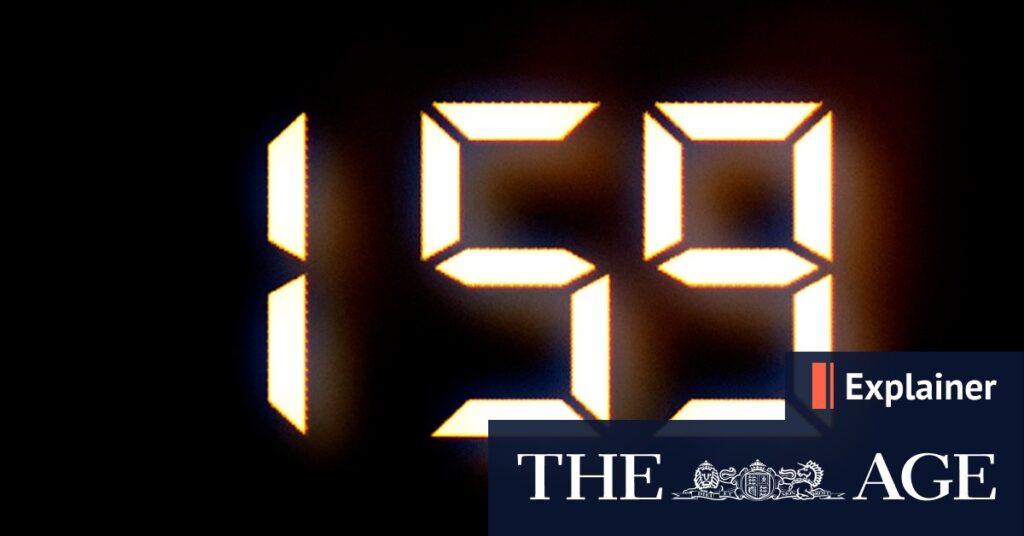
In 1897, Charles Deland, a miner in Menzies near Kalgoorlie, found himself arriving at church just as the sermon was ending. This mishap, as recounted by Graeme Davison in The Unforgiving Minute, was due to the confusing time-keeping practices of the era. Deland explained to his fiancée, “The post office time is usually 40 minutes behind town time & mine time is just between the two. I went to church by town time and found they had started by the post office time.” This anecdote highlights the chaotic nature of timekeeping in Australia during the late 19th century.
The situation was similar across the continent, with towns like Broken Hill operating on multiple time standards: railways on Adelaide time, the post office on Sydney time, and mines on local solar time. Public clocks were unreliable, as noted by The Sydney Morning Herald in 1844, which grumbled about the inactivity of Sydney’s public clocks. By the 1870s, major cities began synchronizing time via telegraph signals from government observatories, but a unified time standard was still a distant goal.
The Push for Standardized Time
Australia’s journey towards standardized time was fraught with challenges. According to Davison, an emeritus professor of history at Monash University, Australia in the 1880s was more akin to an archipelago of isolated communities. The establishment of direct railway communication between major cities like Melbourne, Sydney, and Adelaide only began in 1878, and even then, local communities often kept their own time.
Charles Todd, South Australia’s postmaster-general and superintendent of telegraphs, was a key figure in advocating for a unified time zone. In 1891, he proposed that Australia adopt a single time zone based on the 135th meridian. However, this idea faced opposition, particularly from Queenslanders, leading to the eventual adoption of three time zones: Western, Central, and Eastern.
Todd’s proposal was met with resistance, leading to the adoption of three time zones rather than one.
On February 1, 1895, a significant shift occurred when Australian colonies synchronized their clocks to these new standard times. This transition was a logistical challenge, with clocks in NSW stopping for five minutes and those in Adelaide for over 14 minutes to align with the new time standards.
The Advent of Daylight Saving
Daylight saving time (DST) has its roots in the ideas of Benjamin Franklin, who humorously suggested in 1784 that Parisians could save on candle wax by rising earlier. However, the concept gained serious traction in the late 19th century with George Vernon Hudson, a New Zealand entomologist, proposing a seasonal time shift to maximize daylight.
Despite New Zealand’s early standardization of time, it was Canada that first implemented DST in 1908. The idea spread to Britain, where builder William Willett advocated for moving clocks forward to make better use of daylight. His efforts were eventually realized during World War I, when Britain adopted DST to conserve fuel.
“It is one of the paradoxes of history that we should owe the boon [of daylight saving] to a war which plunged Europe into darkness for four years.” – Winston Churchill
Australia followed suit in 1917, but the practice was met with resistance from various sectors, including dairy farmers and cinema owners. After being dropped post-war, DST was reintroduced in Tasmania in 1967 to alleviate pressure on the state’s electricity supply. By the 1970s, DST was back on the national agenda, driven by societal changes and the advocacy of groups like the Daylight Saving Association.
Modern Debates and Global Perspectives
Despite the widespread adoption of DST, not all regions are on board. Western Australia has rejected DST in multiple referendums, most recently in 2009. In Queensland, a 1992 referendum saw the “no” campaign prevail, citing concerns about the impact on daily routines and the well-being of children and the elderly.
Internationally, the debate continues. In Britain, proposals to adjust time further have been discussed but not implemented. In the United States, efforts to make DST permanent have been supported by figures like Donald Trump but have yet to pass into law.
“Very popular and, most importantly, no more changing of the clocks, a big inconvenience and, for our government, A VERY COSTLY EVENT!!!” – Donald Trump
Meanwhile, the concept of time zones is extending beyond Earth. As nations prepare for lunar exploration, NASA is tasked with establishing a standard time for the moon. The United Nations Office for Outer Space Affairs notes the complexity of this task, as even small discrepancies in time can have significant implications for space navigation.
The story of timekeeping is one of continuous evolution, shaped by technological advancements, societal needs, and even celestial ambitions. As we move forward, the balance between tradition and innovation will continue to define how we measure and manage time.







